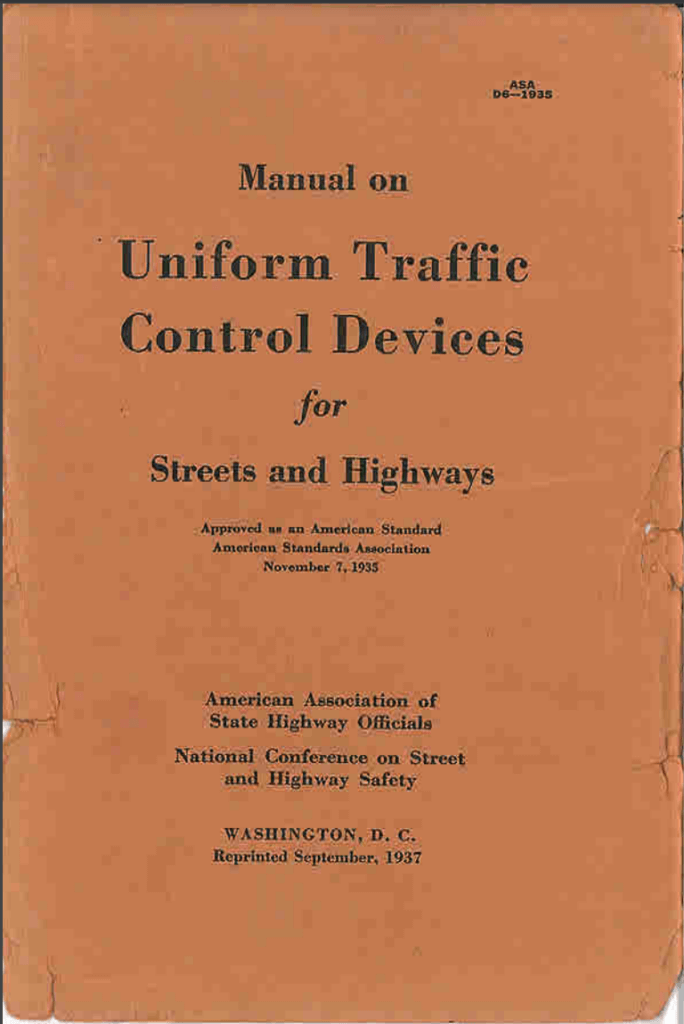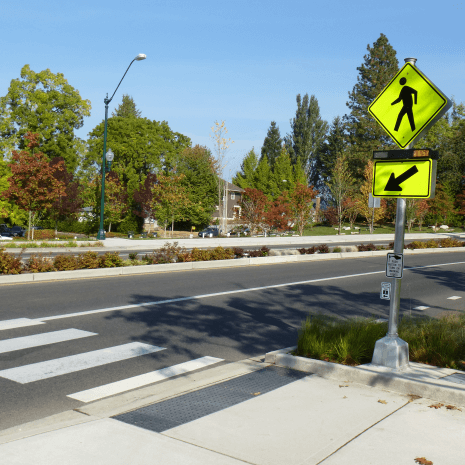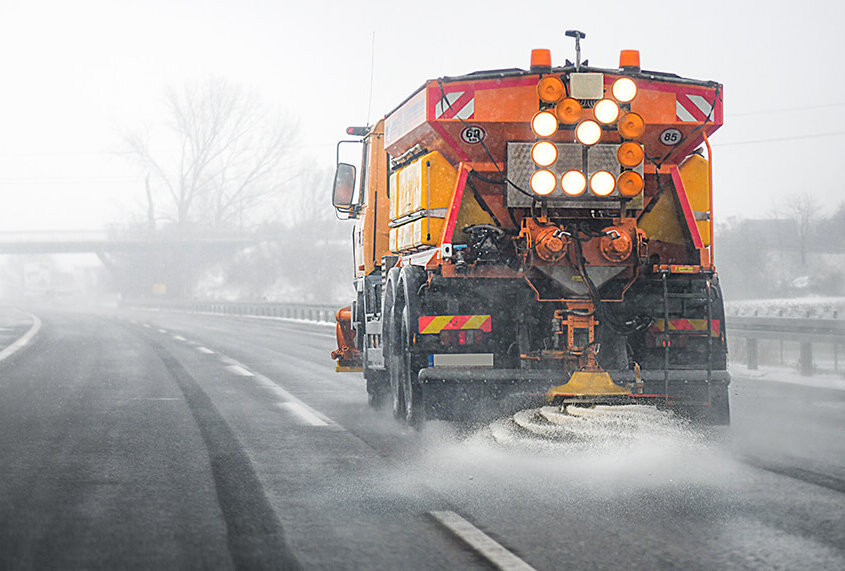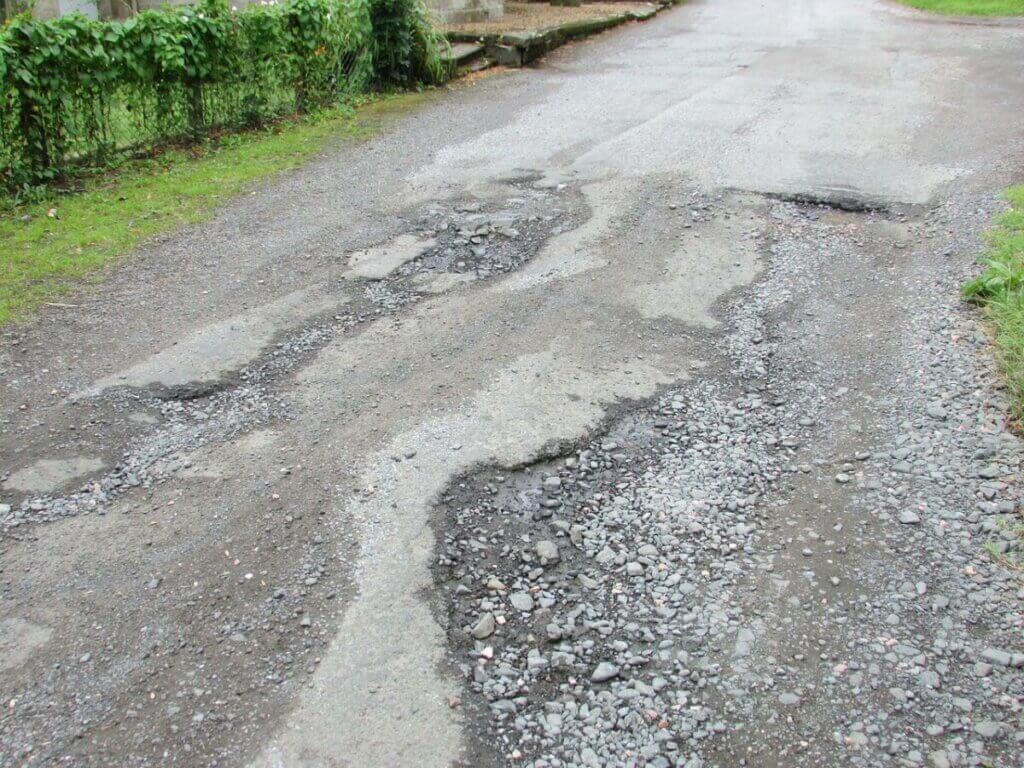What is the MUTCD and Why Does it Matter?
You can’t drive very far in any direction without coming across a sign, sidewalk, traffic light, or other information signaling device. Whether it a warning or a guide, every asset provides vital information to keep you safe and help you get to your destination.
Devices, markings, signs, and other road assets, which are officially termed Traffic Control Devices (TCD), emerged in the early 1920s in response to increased motor vehicle usage in the U.S.
In 1935, the members of the First National Conference on Street and Highway Safety (NCSHS) joined forces with the American Association of State Highway Officials (AASHO) to form the first joint committee on Uniform Traffic Control Devices (JC). As a result of JC, the previously separate bodies of work for rural and urban roads were merged into the Manual on Uniform Traffic Control Devices (MUTCD) for Streets and Highways that is still in use today.
Presently, the MUTCD is issued by the Federal Highway Administration under the guidance of The National Committee on Uniform Traffic Control Devices (NCUTCD).
Since the first edition in 1935, the MUTCD has been updated at least every ten years to address changes happening in American Society. It’s most recent update began in December 2020 and will take approximately one year to complete.
While standardization is a daunting task, it is important for safety and efficiency in both travel and maintenance. Early versions of the MUTCD paved the way forward for alterations that made TCDs easier to understand, see, and upkeep.
Outside of the safety impacts, the MUTCD is also a law. Failure to adhere to the guidelines can mean sacrificing federal funding opportunities.
Who the MUTCD Effects
According to the Federal Highway Administration, the organization that oversees edits to the MUTCD, many individuals and organizations are affected by the regulations. State and local highway agencies, public officials, owners of private roads open to public travel, the insurance industry, law enforcement agencies, incident management personnel, maintenance personnel, academic institutions, private industry, and planning, construction, and engineering organizations all must consider how to maintain TCDs – not to mention the individuals who travel these roads every day.
Since the MUTCD affects federal, state, and local governments, there is a Federal Highway Administration Division for each state, plus Puerto Rico and Washington D.C. This opens up the option for states to adopt the National MUTCD, develop their own compliant version, or to have a hybrid of both national and state MUTCDs.
Changes over the Years
The signs, markings, and other TCDs have gradually evolved into the standardized system that guides us on our journeys today. Let’s take a look at changes over 50-year time periods.
What’s in the most recent update?
- Safety and procedures surrounding automated vehicles
- Rectangular Rapid Flashing Beacon (RRFB) for unmarked crosswalks
- Improvements to TCDs for bicycle safety
- Improvements to safety and accessibility for pedestrians like push buttons at signalized crosswalks, crosswalk marking patterns, and accommodations in work zones
- Guidelines on how to patent TCDs
You can read about these changes in more detail here.
References:
- https://mutcd.fhwa.dot.gov/
- https://ghawkins.engr.tamu.edu/mutcd-information-and-history/
- https://www.federalregister.gov/documents/2020/12/14/2020-26789/national-standards-for-traffic-control-devices-the-manual-on-uniform-traffic-control-devices-for
- https://psomas.com/new-draft-of-the-mutcd-out-for-public-review-how-does-it-affect-you/
- http://www.trafficsign.us/oldmutcd.html









